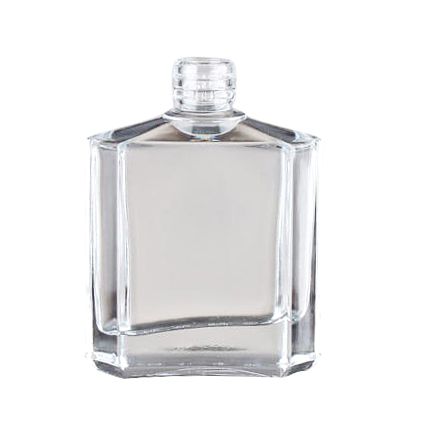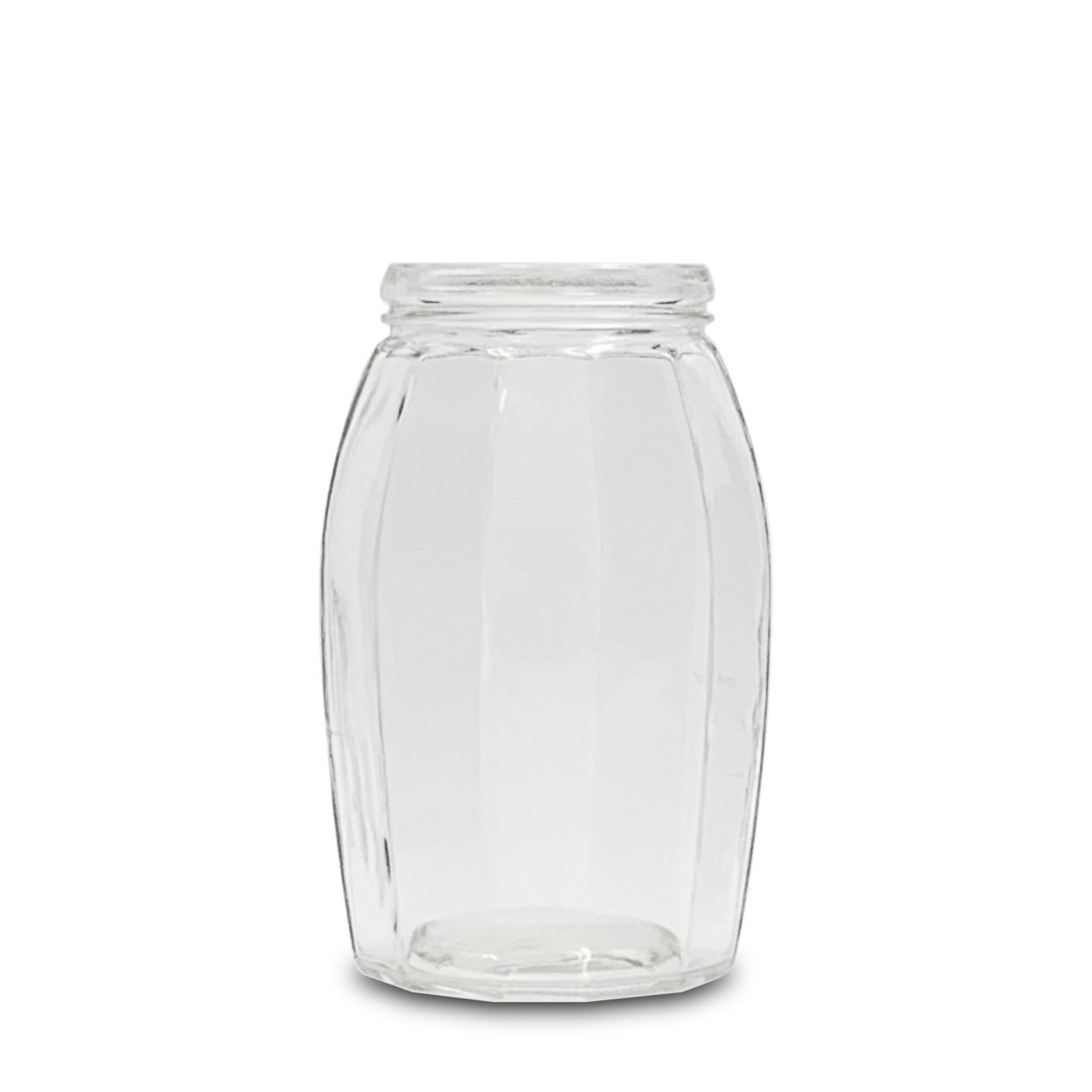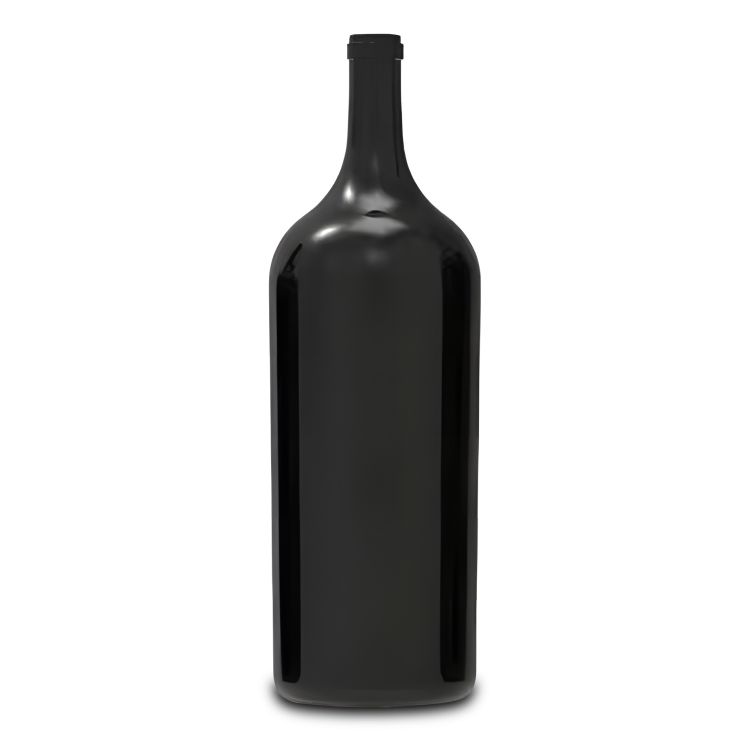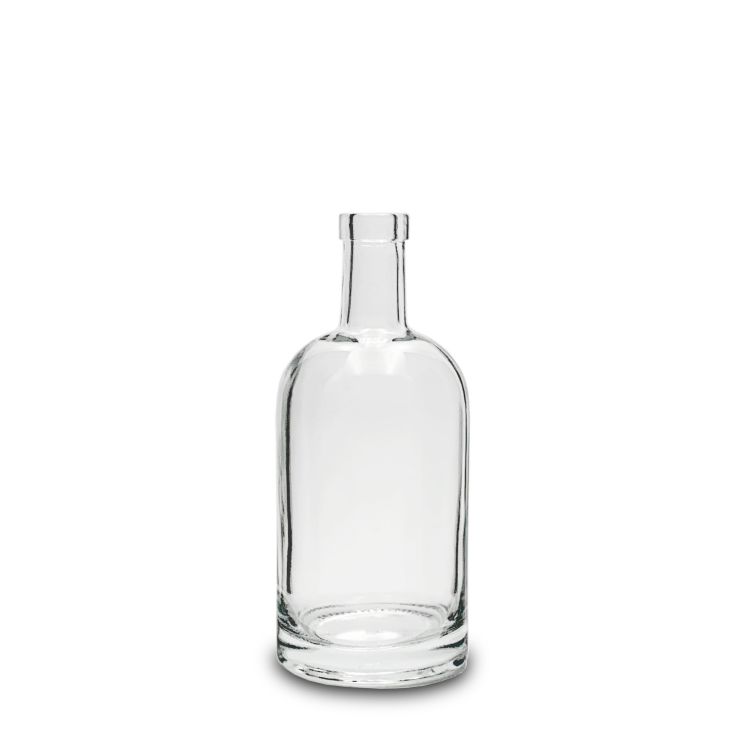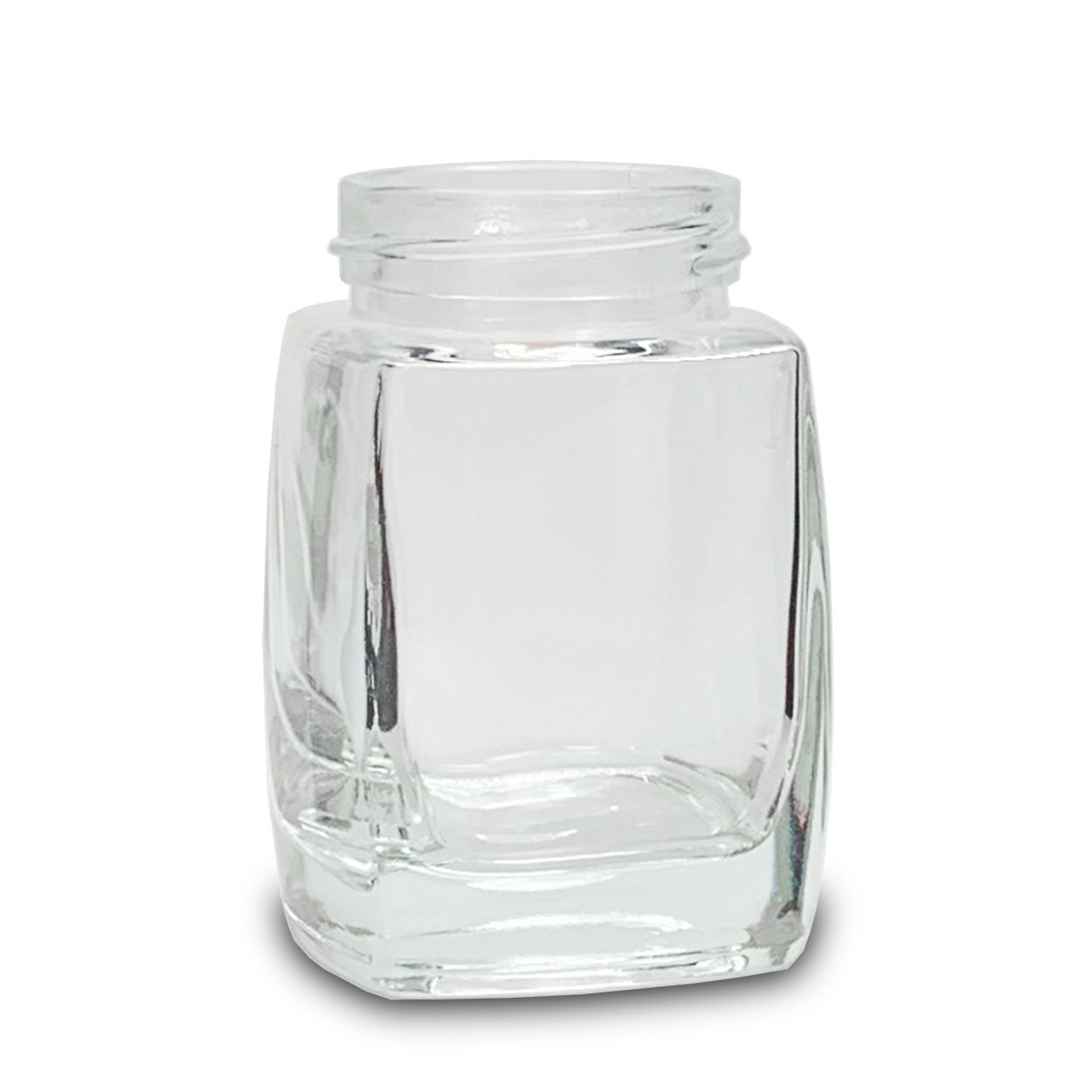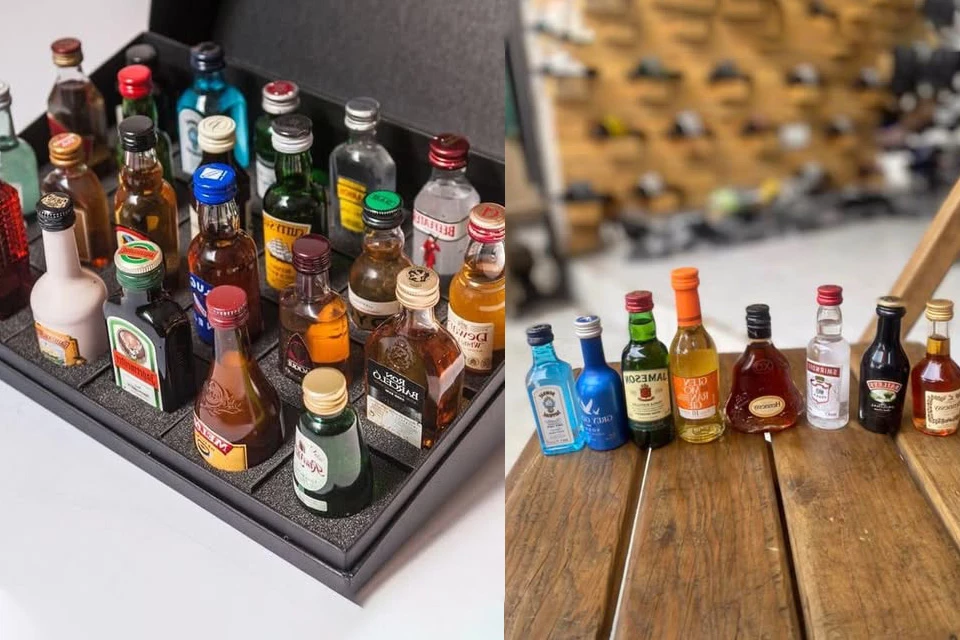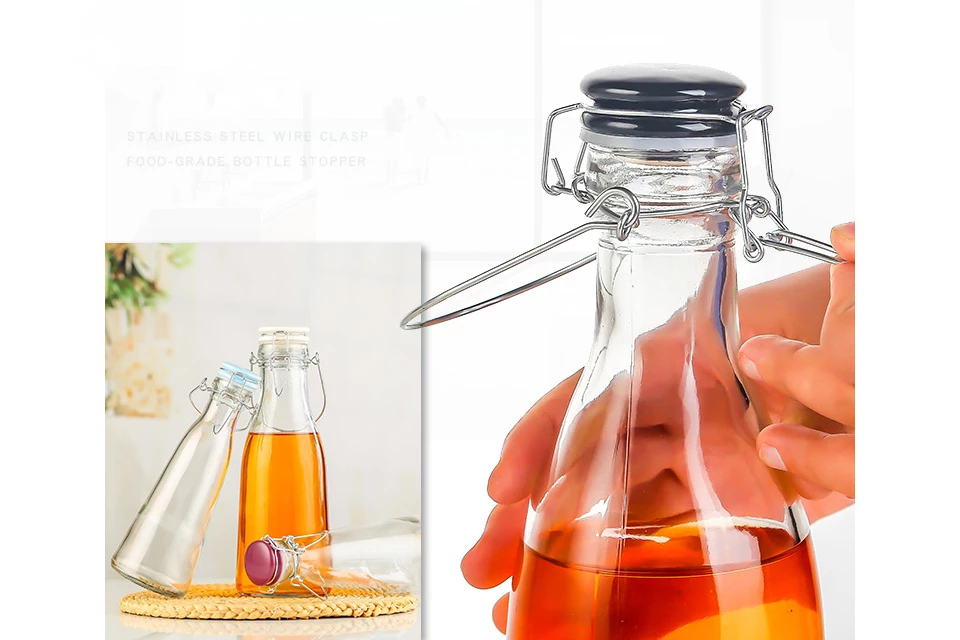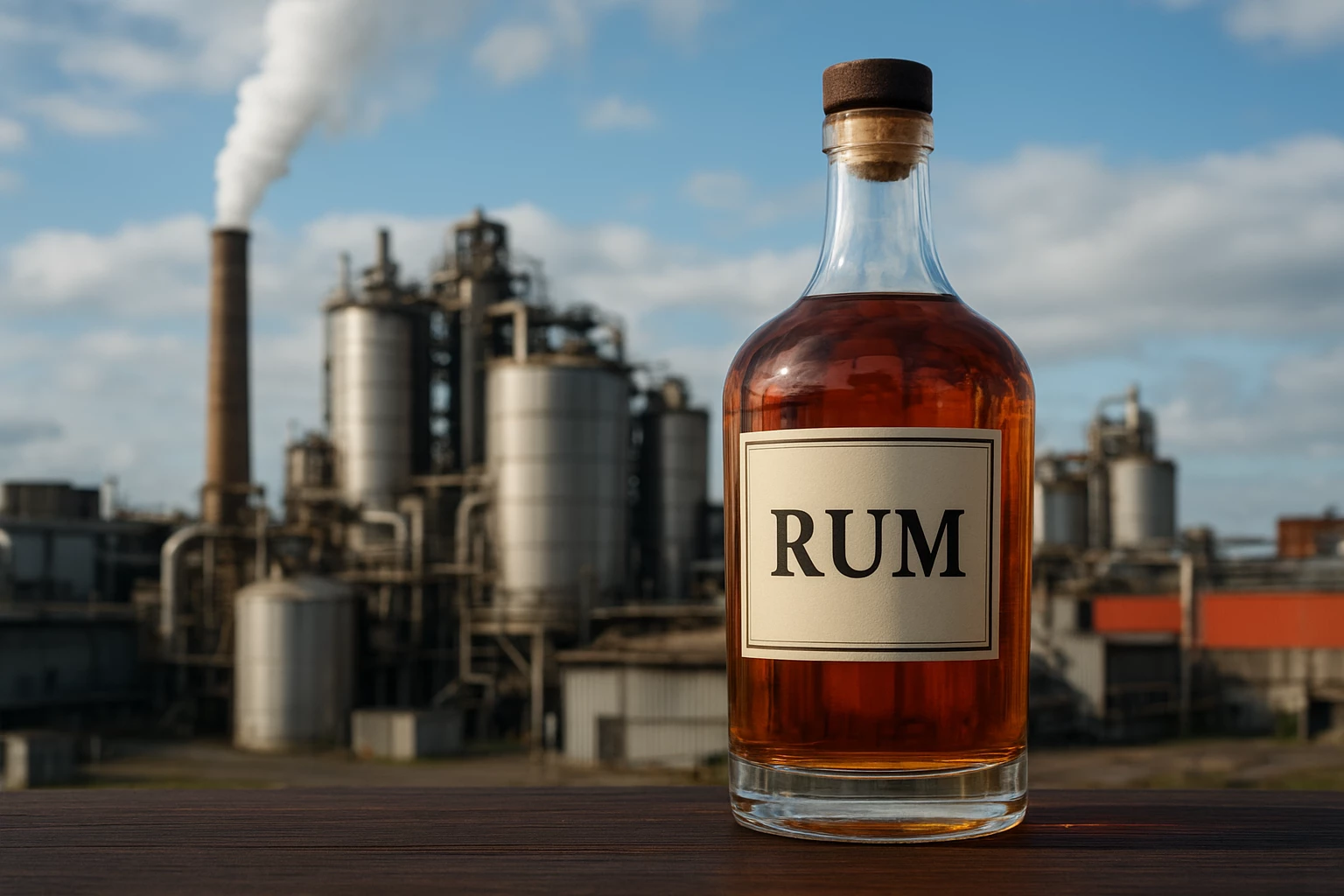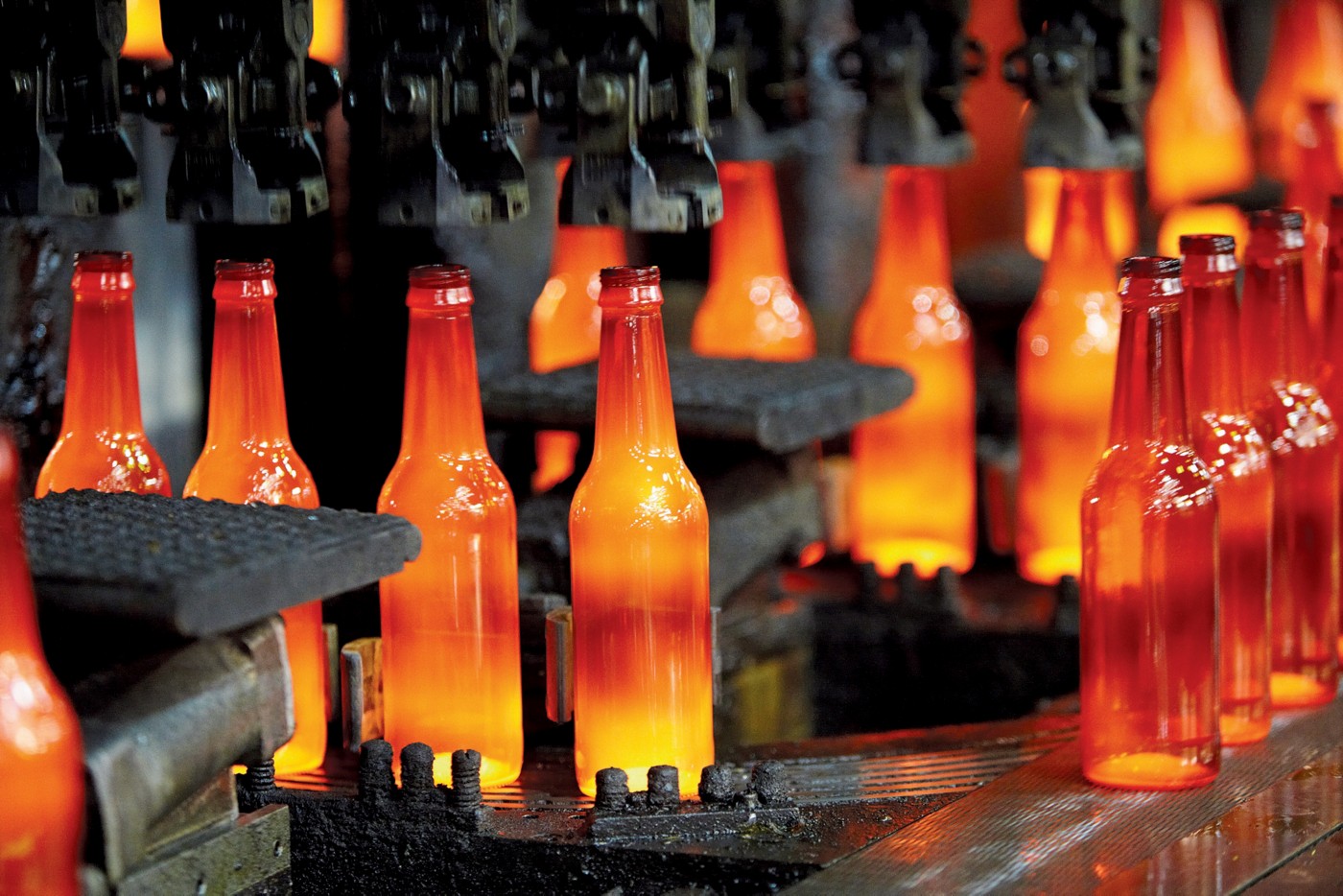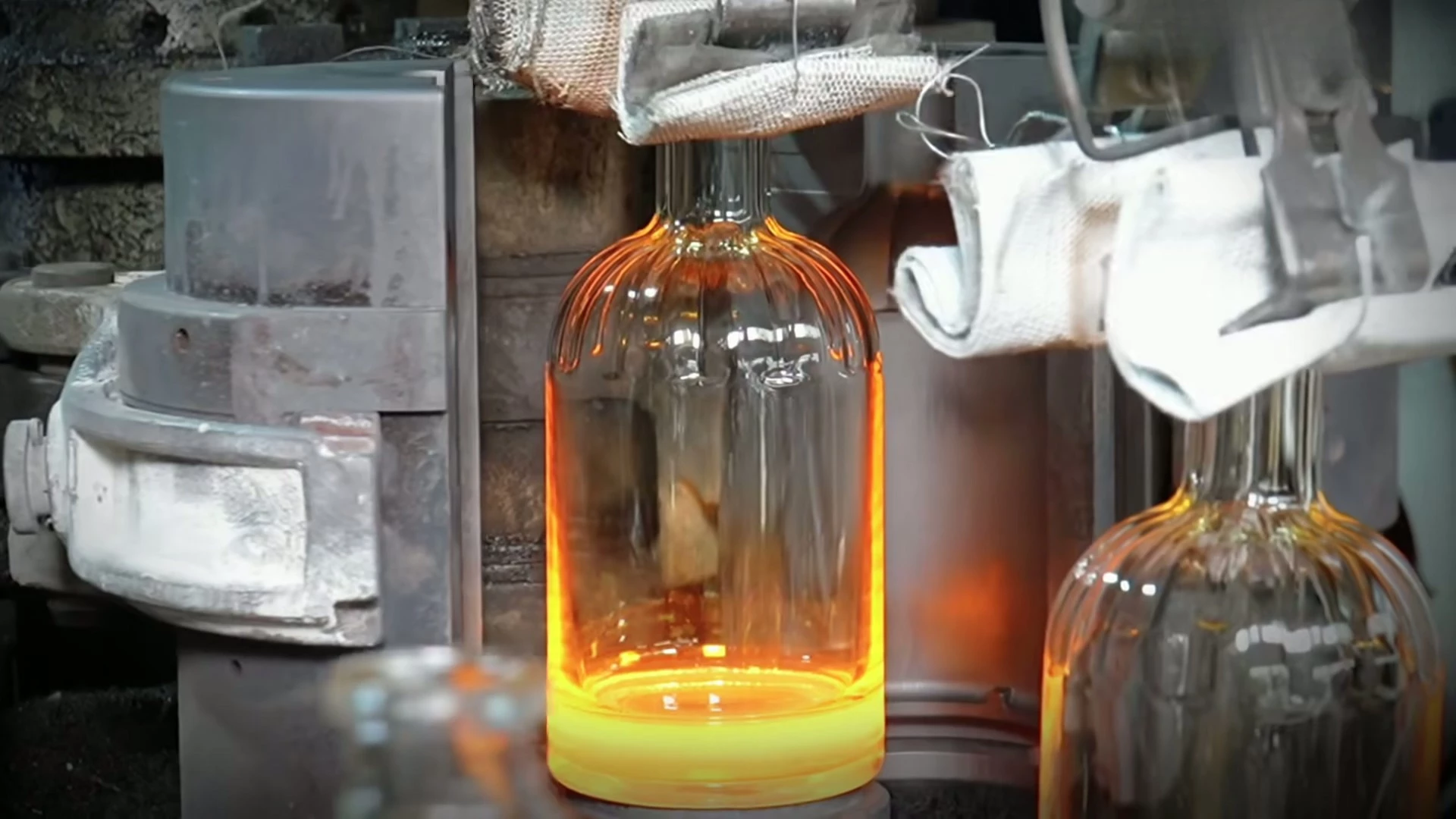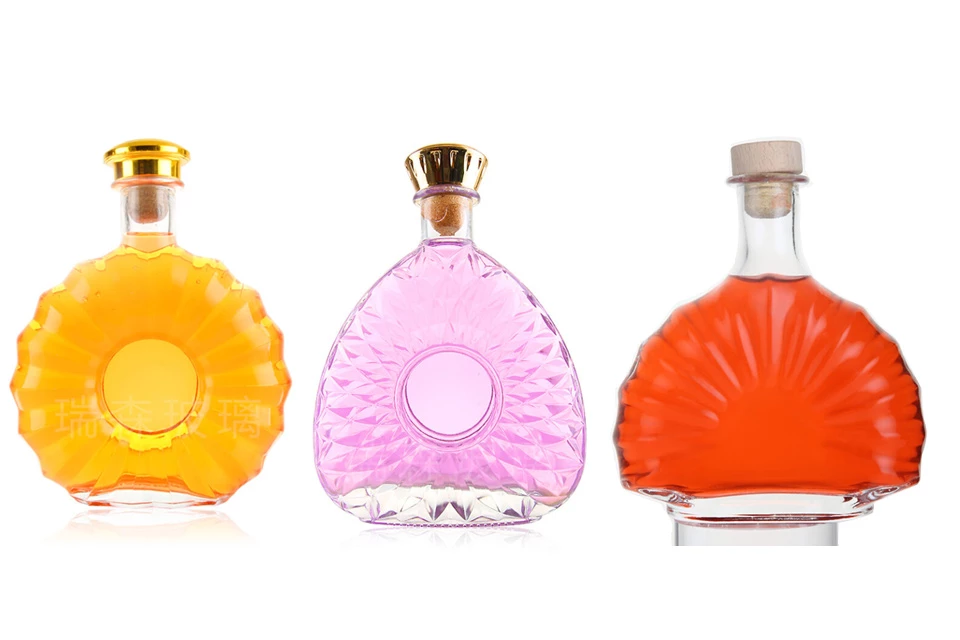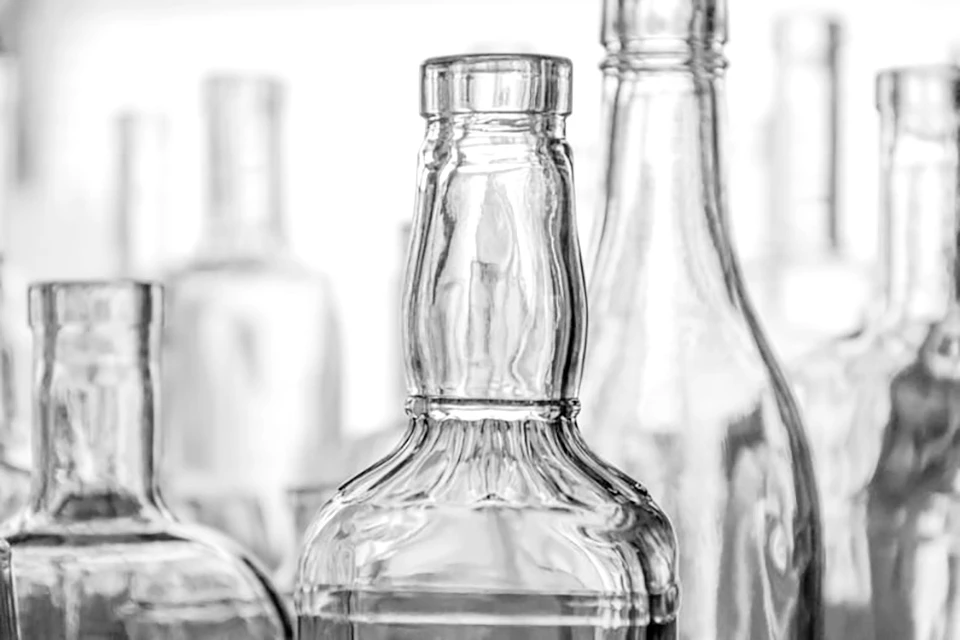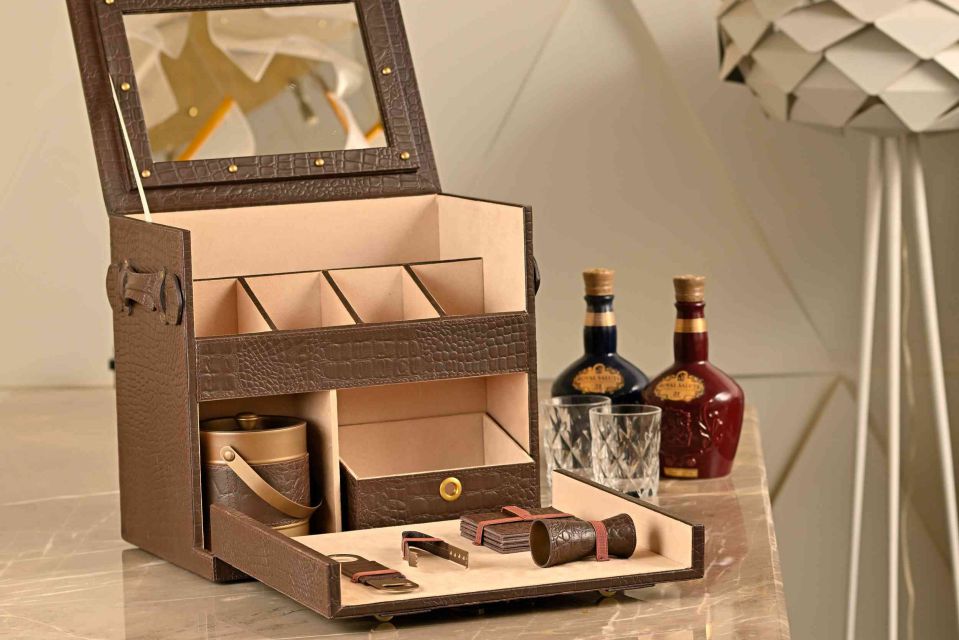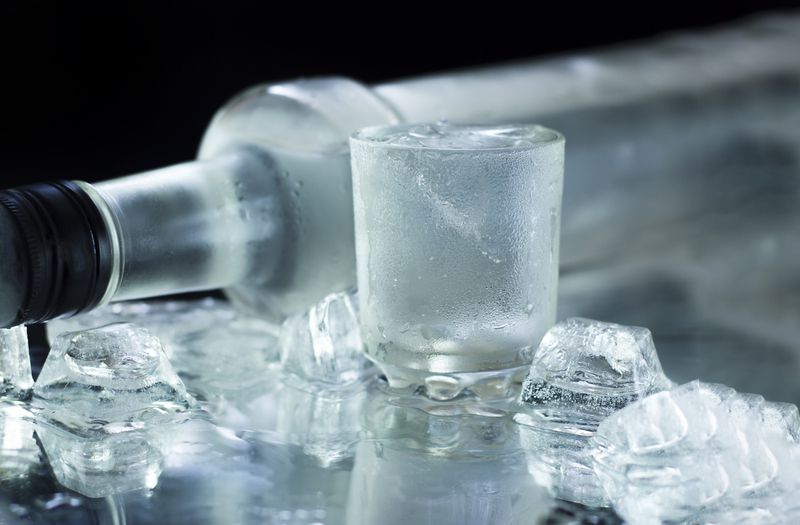
People are used to putting glass bottles of drinks into the freezer to cool quickly. But many people have encountered such embarrassment: after a few hours, they opened the refrigerator door and found that the bottle was cracked, and ice and liquid flowed everywhere. This situation is not only troublesome to clean up, but the sharp glass fragments may also scratch your fingers. Is the explosion of glass bottles frozen an urban legend or is it true? What is the scientific principle behind it?
Is the explosion of glass bottles frozen true or false?
Directly speaking, the conclusion: ordinary glass bottles will indeed explode if they are frozen for a long time. There is a time difference here-it is usually fine to put it in for one or two hours, but the risk rises sharply after more than four hours. The key is to see whether the liquid in the bottle is completely frozen.
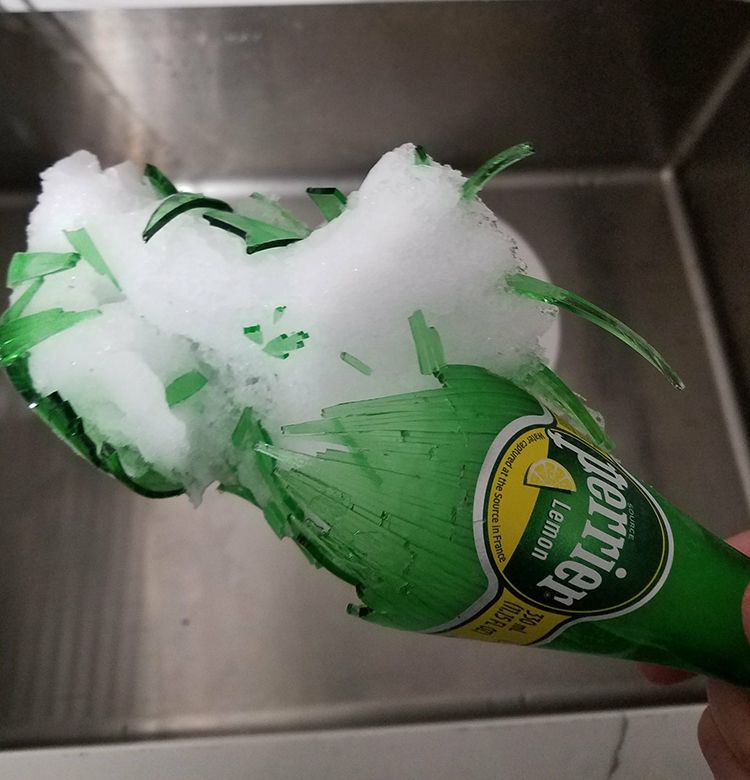
Although modern glass bottles are stronger than in the past, they still cannot withstand the expansion force of ice. Especially carbonated beverages are more dangerous, and carbon dioxide gas will superimpose the expansion of liquid to form double pressure. However, there is an exception: spirit bottles with an alcohol content of more than 40% basically will not explode, which we will talk about in detail later.
Key Tips: Frozen explosions are not as exaggerated as bombs in movies, but the flying glass shards may scratch the skin. The most troublesome thing is that when cleaning the refrigerator, the glass fragments mixed with ice chips are particularly difficult to handle. So it is very necessary to master explosion-proof skills.
Why did the bottle explode?
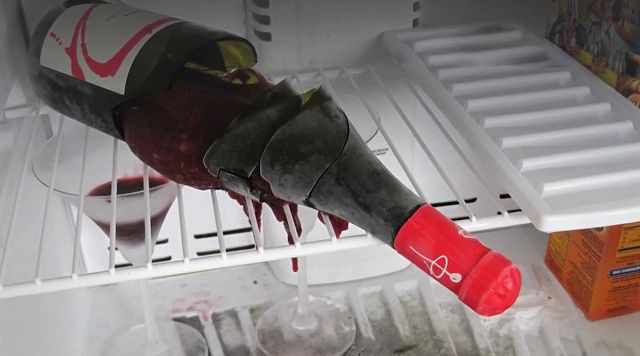
The root cause is four words: thermal expansion and contraction. However, the “expansion” here is not the expansion of heating, but the volume expansion of 9% after water freezes. Imagine that a bottle of 500ml of mineral water will have an extra 45ml of volume after freezing – equivalent to forcing three ping-pong balls into the bottle.
Ordinary glass bottles have no elasticity. When the internal pressure exceeds the limit, they will crack from the weakest point. This process is like blowing a balloon: it is only slightly deformed at the beginning, and suddenly “bang” at the critical point. Different liquids freeze at different speeds. For example, beer freezes faster than pure water, so it is more dangerous.
Are all glass bottles easy to explode?

Of course not! Glass materials are divided into different levels:
- Ordinary soda-lime glass (common beverage bottles): the most fragile, will explode if frozen
- Tempered glass (some beer bottles): can resist ordinary expansion, but carbonated beverages are still risky
- High borosilicate glass (laboratory utensils): best performance in withstanding freezing and heat
Take our common liquor bottles as an example, many of them are made of tempered glass. This material will become round small particles even if it is broken, unlike ordinary glass that will produce sharp fragments. Borosilicate glass bottles used in laboratories are not easy to explode even if they are directly roasted on fire, let alone frozen.
Five practical explosion-proof tips
1. Leave space for liquid expansion
A full bottle is equivalent to suicide. It is recommended to pour out 1/5 of the liquid before freezing, or choose a bottle type with built-in expansion space. Carefully observe the beverage bottles sold on the market, and the bottleneck will be left empty, which is the safety zone reserved for thermal expansion and contraction.
2. Do not freeze carbonated beverages
Coke, Sprite and other carbonated beverages are doubly dangerous. Liquid freezing expansion + gas compression produces superimposed pressure, which ordinary glass bottles cannot withstand. In 2019, there was a case of frozen beer bottles exploding and injuring people in Qingdao, so everyone must pay attention.
3. Set a timer reminder
Modern smart refrigerators have a timer function. It is recommended to set a 1-2 hour reminder and take it out immediately when the time comes. If you often forget, you can put a sticky note on the bottle or use a mobile phone alarm to remind you.
4. Cool down first and then freeze
Putting hot soup and hot tea directly into the freezer? This is a suicidal behavior! Hot water at 60℃ shrinks instantly when it encounters cold, and the temperature difference between the inside and outside of the glass is too large, which will cause it to crack directly. The correct way is to wait for the liquid to cool naturally to room temperature before freezing it.
5. Choose the right placement
The refrigerator compartment is more stable than the door rack. The vibration caused by the frequent opening and closing of the door rack will accelerate the fatigue of the glass, and the temperature is more constant when placed deep in the compartment. If conditions permit, you can wrap the bottle with a towel to cushion the vibration.
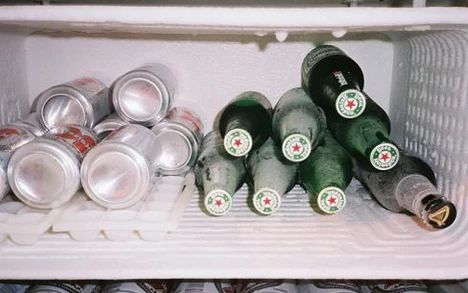
Alcoholic beverages really won’t explode when frozen?
This statement is basically correct. The principle is that the freezing point of alcohol is very low:
- Pure water freezes at 0℃
- 40-degree vodka freezes at -23℃
- 60-degree liquor freezes at -80℃
The lowest temperature of a home refrigerator is only -18℃, which can’t freeze alcoholic beverages at all. However, please note that low-alcohol wines such as wine (12-15 degrees) and sake (15-20 degrees) may still freeze. There is a simple way to judge: if ice appears when shaking the bottle, it means it is time to take it out.
Comparison table of alcohol content and safe freezing time
| Alcohol | Alcohol content range | Safe freezing time | Freezing risk level | Can household refrigerators freeze |
|---|---|---|---|---|
| Beer | 4-6% | ≤2 hours | ⚠️⚠️⚠️High risk | Completely frozen |
| Premixed cocktails | 5-8% | ≤3 hours | ⚠️⚠️⚠️High risk | Completely frozen |
| Wine | 12-15% | 4-6 hours | ⚠️⚠️Medium risk | Surface freezing |
| Sake | 15-20% | 8-12 hours | ⚠️Low risk | Partially crystallized |
| Rum | 35-40% | 24 hours+ | ✅Basically safe | Slightly viscous |
| Vodka | 40%+ | 48 hours+ | ✅ Completely safe | Stays liquid |
| Whiskey | 40-60% | 72 hours+ | ✅ Completely safe | Stays liquid |
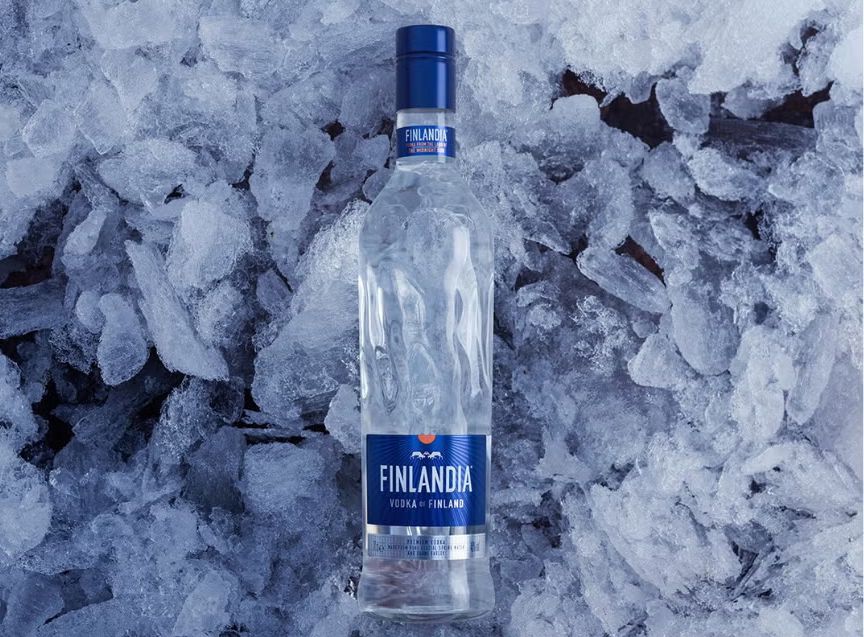
Commercial wine bottle selection guide
For wine wholesalers, it is particularly important to be careful when choosing glass bottles suitable for frozen transportation. Here are three practical suggestions:
1. Look at the glass material
- Tempered glass is recommended for ordinary wine bottles
- Borosilicate is recommended for high-end products
- Avoid using bottles made of recycled glass
2. Pay attention to the thickness of the bottle wall
- 500ml bottle wall ≥2mm
- 3mm is recommended for large capacity above 1L
- Thickened explosion-proof design of the bottom of the bottle is safer
3. Special explosion-proof process
- Spiral reinforcement rib design of the neck
- Wave-shaped compression structure of the bottle body
- Bottom concave buffer design
Last year, our factory customized the antifreeze bottle for the vodka brand, and added a ring reinforcement ring on the shoulder of the bottle. It was tested that it was filled with water and frozen for 24 hours without bursting. Customers reported that the transportation loss rate dropped by 70%.
Emergency treatment after freezing explosion
If the bottle really explodes, follow these steps:
- Turn off the power and wear gloves: prevent leakage and cuts
- Sprinkle salt to melt ice: quickly clean up large pieces of debris
- Vacuum cleaner to suck up debris: deal with small glass fragments
- Disinfect with white vinegar: remove odor and bacteria
- Check the seal: ensure that the refrigerator door is closed normally
Special attention: If the freezer is repeatedly frosted, it may be that the door seal has glass fragments and requires professional repair.
FAQs
Q: Will plastic bottles be safer?
A: Short-term freezing is OK, but plasticizers will precipitate in the long term. It is recommended to choose PET beverage bottles and freeze them for a maximum of 2 hours.
Q: How many times can a glass bottle be frozen repeatedly?
A: It is recommended that tempered glass bottles should not be cycled more than 50 times, while ordinary glass bottles will have micro cracks that are invisible to the naked eye after about 10 cycles.
Q: How to determine whether the bottle is still usable?
A: Turn the bottle towards the light source, and the rainbow pattern indicates stress damage and must be eliminated.
Q: Is the popular metal bottle abroad worth buying?
A: It is easy to frost if the heat conduction is too fast, and the remaining amount cannot be observed. Explosion-proof glass bottles are still recommended for commercial scenarios.
New Trends in the Industry
Now more and more wineries are beginning to use smart explosion-proof bottles:
- Built-in pressure sensor, automatic deflation over pressure
- Temperature display integrated in bottle cap
- Nano-coating anti-icing technology
- Recyclable and environmentally friendly design
For example, the “talking bottle” newly launched by a Japanese sake brand, when the internal pressure is too high, the bottle label will change color to warn, this design directly reduces their e-commerce return rate by 45%.
Finally
Glass bottle freezing seems simple, but it actually hides a lot of knowledge. As a glass packaging supplier with 15 years of experience, I have seen too many after-sales disputes caused by choosing the wrong bottle. Remember two core points: give the liquid space to expand and choose the right bottle material. Contact us now to get detailed parameters and wholesale quotations for custom-grade antifreeze glass bottles. The first 20 consulting customers can also get the “Low Temperature Transportation Loss Prevention Manual” for free.

